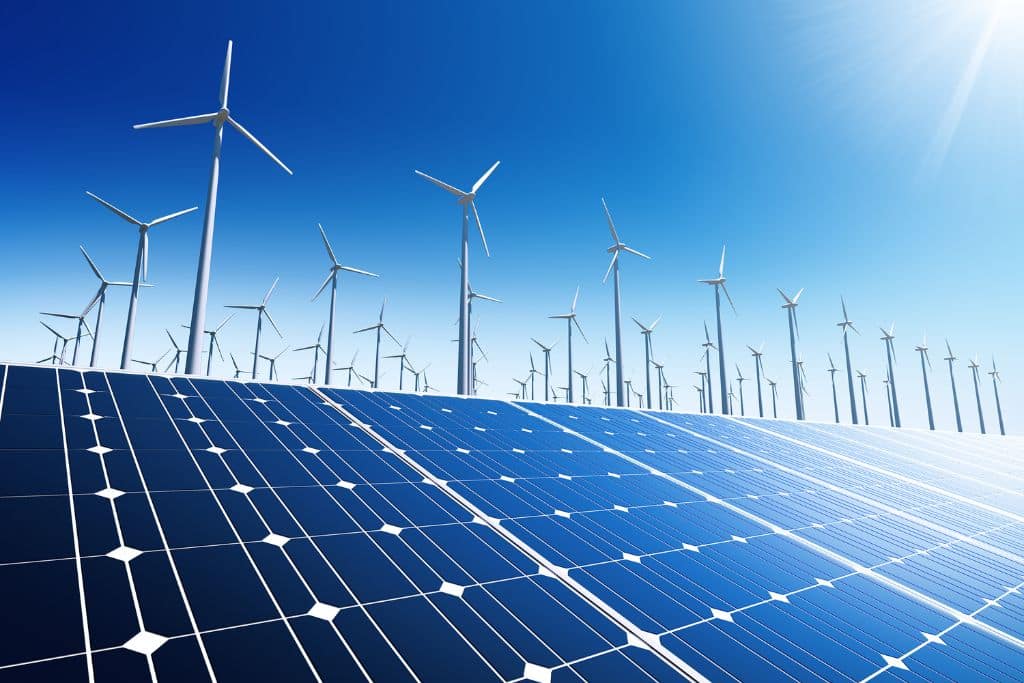India Reaches 50% Non-Fossil Fuel Power Capacity, Ahead of 2030 Goal
Related Articles
‘Very Unfortunate’: Umar Khalid’s father first reaction as SC denies bail
After the Supreme Court denied bail to Umar Khalid and Sharjeel Imam arrested in 2020 Delhi riots conspiracy case, Umar’s father Syed Qasim Rasool...
सर्दियों में बादाम का सेवन सेहत के लिए वरदान, जानिए खाने के सही तरीके और फ़ायदे
सर्दियों के मौसम में शरीर को अतिरिक्त ऊर्जा, गर्माहट और मज़बूत इम्युनिटी की ज़रूरत होती है। ऐसे में बादाम एक सुपरफ़ूड की तरह काम...
Bangladesh bans IPL broadcasts after India drops Mustafizur Rahman from IPL
IPL broadcasts have now been banned in Bangladesh. On Monday (January 5), the interim government led by Muhammad Yunus announced that the broadcasting of...


